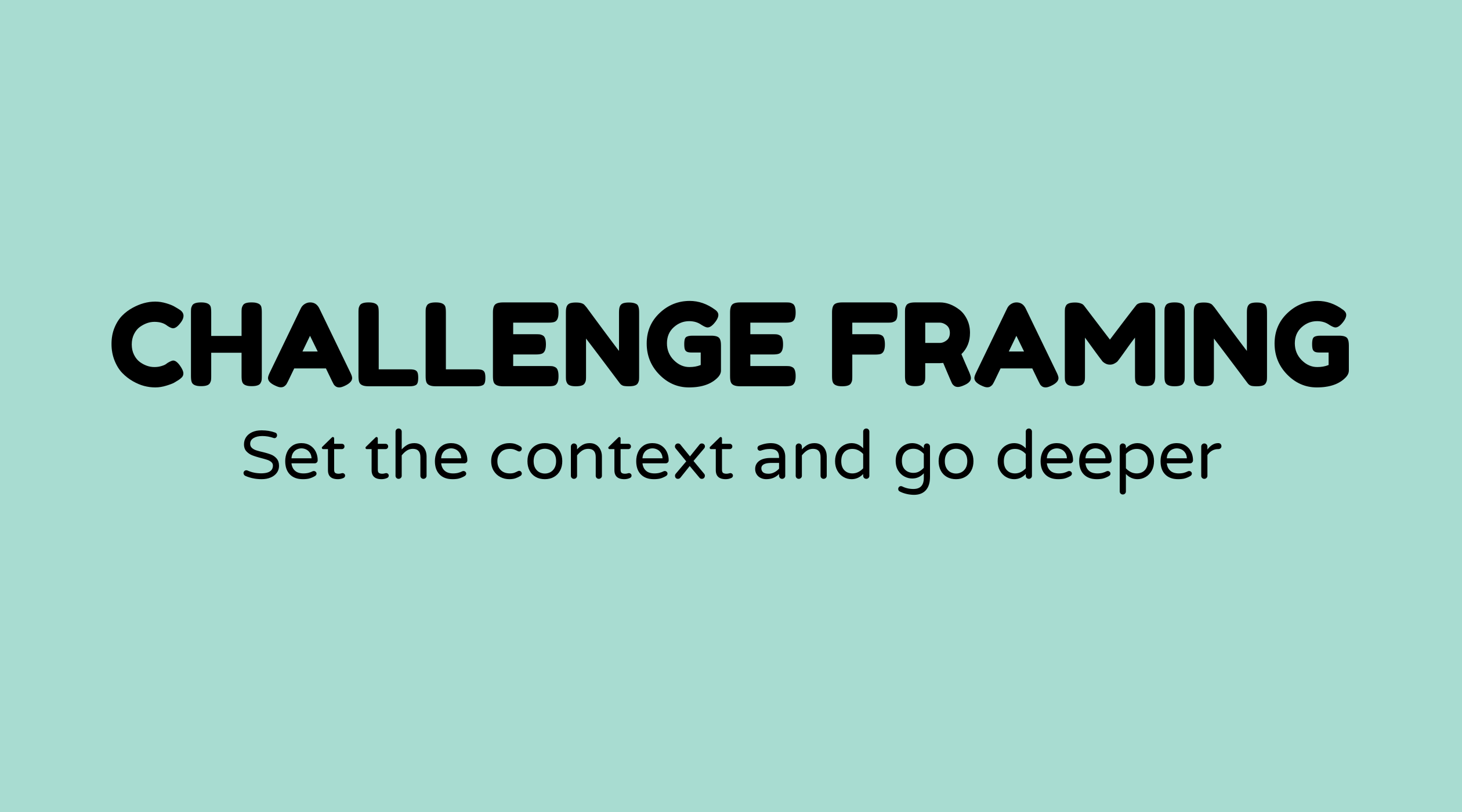Challenge Framing

Overview of Challenge Framing:
In the sphere of the Product Development Process, challenge framing serves as a vital initial step that aids in clearly defining the problem before moving on to solutions. This phase focuses on identifying the main issues, ensuring that the team’s efforts are concentrated on the correct objectives. By investing time in accurately framing the challenge, organizations can conserve time and resources later. For more information on the significance of problem definition in the design process, you can check out the YouTube video What is Design Thinking?.
Why Challenge Framing Matters:
You might be curious about the importance of challenge framing. Without it, organizations risk addressing the wrong problem, which can lead to wasted time and energy. Effectively framing a challenge provides a team with a robust foundation and clear direction, aligning everyone toward a shared goal. This process promotes analytical thinking and encourages innovative solutions by clarifying what genuinely needs attention—a concept examined in detail on platforms like IDEO. In summary, it helps unlock creative capabilities and aligns the team's focus.
What is Challenge Framing:
Challenge framing centers on recognizing and articulating a problem during the early phases of the development process. It sets the groundwork for successful idea generation and solution creation by ensuring that the problem is well-understood and expressed. This involves gathering insights, verifying assumptions, and posing the right questions to identify the fundamental issue. The saying "A problem well stated is a problem half-solved" is often referenced in this context.
How to Engage in Challenge Framing:
To effectively carry out challenge framing, a structured approach is beneficial. Here's a straightforward process:
-
Gather Insights: Begin by collecting information and feedback from stakeholders, users, or customers. Utilize surveys, interviews, and observations to gain an understanding of the current situation.
-
Define the Problem: Articulate the issue clearly. Craft ‘How Might We...' questions—a technique made prominent by design thinking.
-
Get Feedback: Before proceeding, confirm your problem statement with team members or stakeholders to ensure it resonates and is sound.
-
Refine: Use the feedback to enhance your challenge definition. Take your time—this phase is worth the effort.
-
Set Boundaries: Recognize constraints and limitations, such as budget, time, or resources, which will shape your approach to addressing the challenge.
Tools like the Empathy Map or Journey Mapping can also help in effectively understanding and framing the challenge.
Examples of Challenge Framing:
Ready to jot down some examples? Here are a few practical scenarios:
-
A healthcare app might frame its challenge as, "How might we reduce the time users take to access vital medical history?"
-
An eCommerce platform may ask, "How might we create a more streamlined checkout experience that reduces cart abandonment?"
-
A nonprofit organization could focus on, "How might we enhance engagement with volunteers in urban areas?"
FAQs
Why is challenge framing crucial in design thinking?
Challenge framing helps to define the problem clearly, ensuring that efforts are directed towards effective and innovative solutions.
What are some methods used in challenge framing?
Methods include empathy mapping, interviews, surveys, and crafting 'How Might We...' questions.
How does challenge framing improve the innovation process?
By clarifying the true nature of the problem, organizations can innovate more effectively, focusing their resources where they are needed most.
Can challenge framing be applied in any industry?
Yes! It’s a universally useful technique, advantageous for any field that involves problem-solving.
What are 'How Might We...' questions?
These are open-ended questions that encourage creative thinking and lead teams toward a variety of solutions.
Is it necessary to involve stakeholders in challenge framing?
Certainly, involving stakeholders ensures that the problem is viewed from multiple angles, leading to more comprehensive solutions.



